
Why You Should Transform into Digital Procurement Now?
Introduction: In the hectic business world of today, companies have to stay competitive, reduce costs, and increase efficiency. Companies may...

Get 20€ off on your first order!
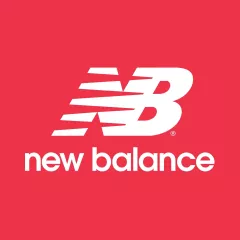
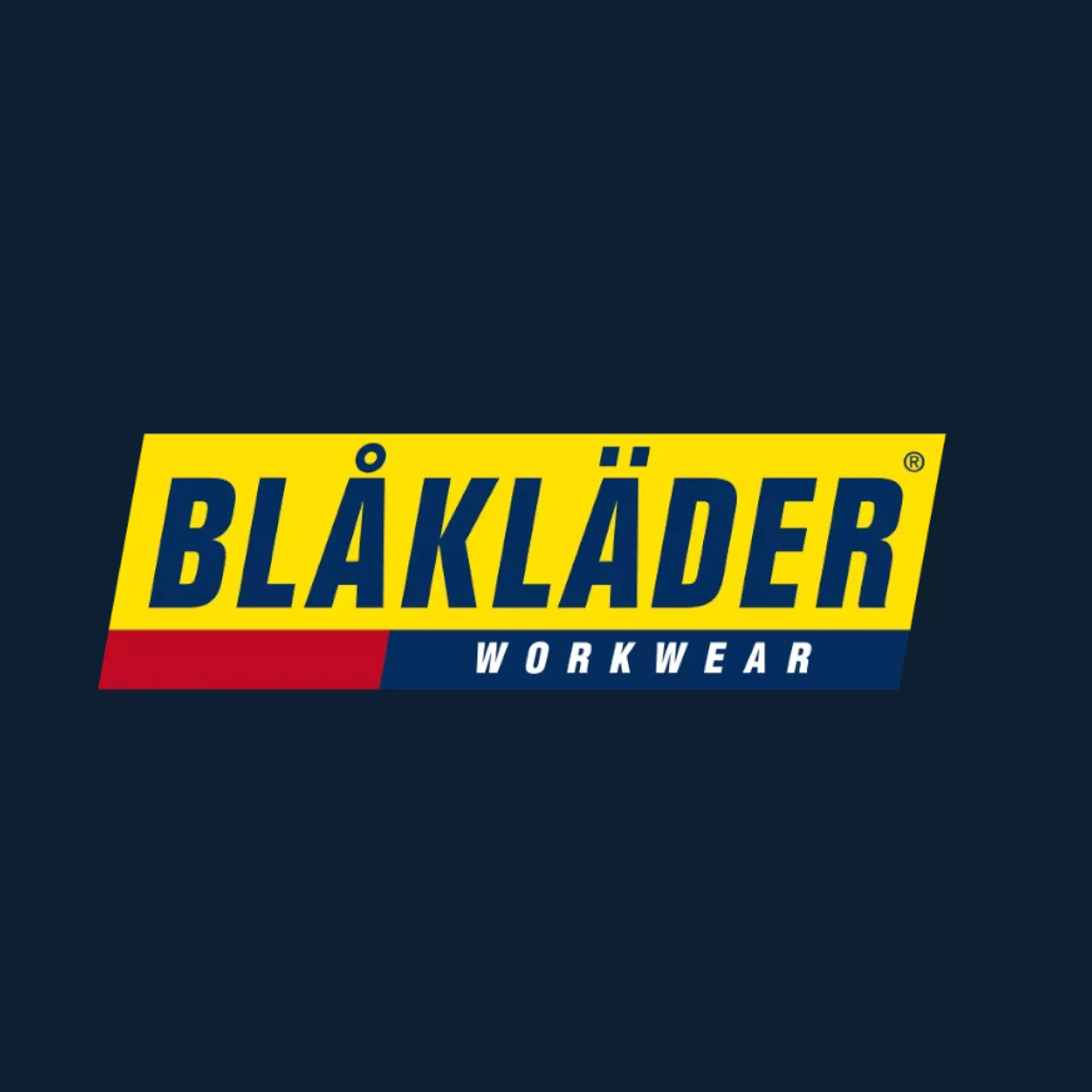
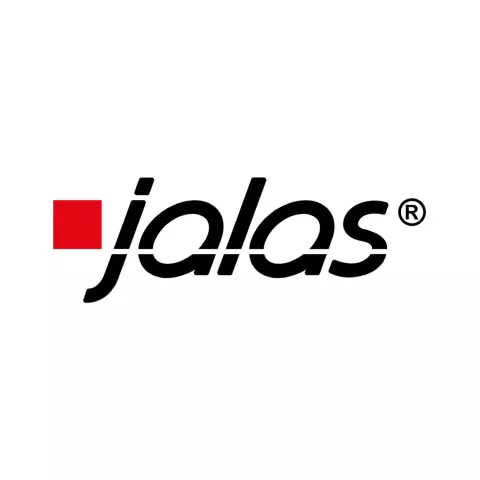
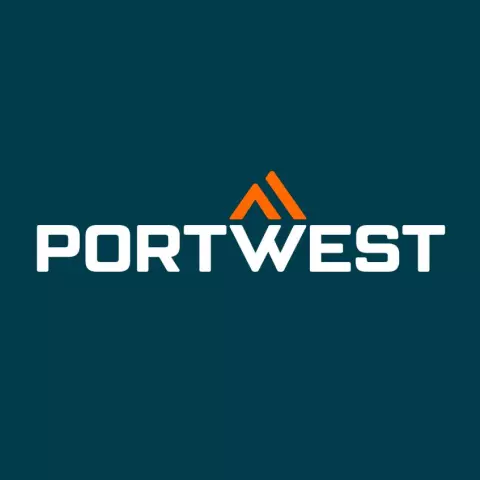



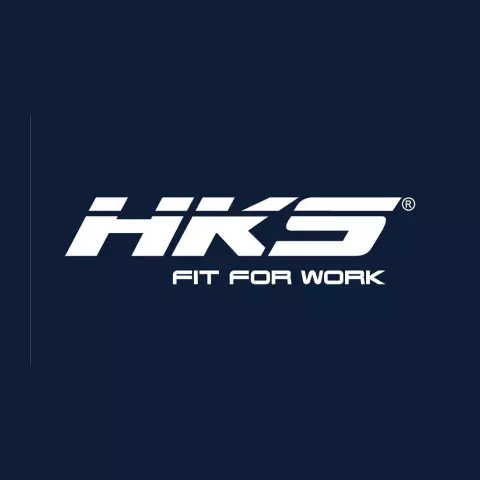


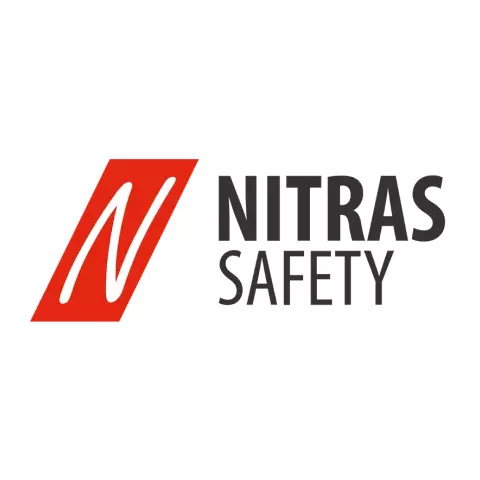




















Cloud-based procurement solutions are replacing old techniques as firms digitise. Cloud procurement revolutionises procurement management, efficiency, and strategic decision-making. The benefits, types of software, and essential aspects of cloud procurement are covered in this detailed overview. Businesses may adapt to new challenges and improve operational excellence by knowing how cloud-based procurement can expedite the procure-to-pay cycle and what to consider when picking a solution.
A fully integrated cloud-based procurement system simplifies and automates procurement operations. Built-in collaboration and data analysis features in this end-to-end solution remove process friction from manual or disconnected workflows.
In cloud-based procurement software, stakeholders, processes, data, and tools are connected and instantly accessible for better and more strategic decision-making.
Teams may control business spending, cut expenses, enhance vendor selection and negotiations, and maintain regulatory compliance using end-to-end data.
Cloud procurement software is already improving operational efficiency and convenience over conventional systems despite its youth.
Cloud procurement benefits usually include:
One of the main benefits of cloud-based procurement is lower operational expenses. On-premise solutions have substantial upfront and maintenance expenses, whereas cloud alternatives employ pay-as-you-go subscriptions without investment.
These methods save money on sourcingâfinding and evaluating vendors. Since suppliers compete against each other, negotiating with suppliers guarantees that customers get the greatest value for their goods and services.
Procurement organisations must minimise purchase costs since cost reductions are their main measure. Contract compliance with the organization’s spending regulations may be achieved with procurement software.
Cloud procurement lets users start with system accessibility and usability. This lets them validate accessibility, requirements, and vendor research before approving and implementing a solution.
Cloud technology lets employees use their procurement system from any internet-connected device. Smartphone and laptop users benefit from accessibility.
Cloud procurement solutions generally provide a dashboard that shows the entire process. This dashboard provides progress bars for each job, giving organisations 360-degree procurement insight to detect efficiency bottlenecks.
Most cloud procurement platforms include built-in reporting tools that provide process insights with a click. Easy-to-understand reports enhance strategic decision-making and contingency planning.
Automated procurement decreases staffing expenses by up to 21%, according to the Hackett Group, by making expenditure history easily accessible and letting managers make smarter purchases.
Cost analysis is easier with automation, which helps managers eliminate maverick expenditure. Automation decreases labour expenses since procurement needs fewer personnel.
Cloud-based software streamlines procurement, allowing organisations to adapt capacity to demand. It also deploys updates automatically, removing the need for assistance. As capacity grows, users don’t need to acquire and manage new gear.
Startups and other fast-growing small enterprises benefit from scalable procurement software. Purchase management automation allows the software to adapt to these procedures as the firm expands.
The user’s needs determine which cloud procurement solutions activate contract, invoice, expenditure, and procurement action plan design components. This capability expands the solution’s breadth without adding features consumers don’t require.
Supplier management is crucial to procurement for several reasons. It helps the company avoid overpaying or buying substandard goods and services. Effective supplier management also helps managers tackle supply chain issues, which are widespread in global marketplaces.
A company’s success depends on its suppliers, thus they must be good business partners. Procurement software evaluates supplier regulatory compliance and financial feasibility.
This software can help maintain these partnerships after screening by reminding vendors when their credentials expire or their risk profile changes.
Cloud procurement software follows one of three models:
Users are relieved of complicated hardware and software by using SaaS apps from numerous online sources. Users don’t need to install software if they can access end-user solutions. Scaling is handled by SaaS providers by adding resources as needed. The supplier also handles encryption, backups, and upgrades.
Most out-of-the-box cloud procurement solutions employ SaaS. User time, data held, users, and transactions usually determine payment. This strategy lets consumers start quickly and cheaply.
Users may build, execute, and administer their apps on the PaaS paradigm without maintaining a cloud system. The infrastructure comprises development tools, databases, networks, operating systems, servers, and storage. PaaS customers can pay as they go or pay a set cost depending on services and users.
Java development and application hosting services enable PaaS solutions on clouds. This delivery approach is ideal for software developers who can customise procurement software. In contrast to SaaS, PaaS lets consumers maintain their own databases.
PaaS is especially popular for users that need to integrate several internal systems into procurement. PaaS can meet the needs of an organisation with a non-standard procurement procedure that SaaS cannot. PaaS also aids firms with changing procurement practices throughout project development.
IaaS offers cloud-computing services where consumers rent servers for procurement solution infrastructure. Users have great freedom for bespoke applications and shared data centres with this arrangement. It’s most frequent for organisations that demand full control over their procurement platform and those unsure about their needs.
Key cloud procurement software features
Due to the risk of income loss, client attrition, and legal issues, choosing the right procurement software may be difficult and time-consuming. The many options and need to assess complicated criteria including business value, cost, customisation, and scalability are the primary issues.
You must also consider your company’s needs and the software’s functionality. The following features will help you choose the finest cloud procurement software.
RFXs are procurement sourcing papers, including RFIs, RFPs, and RFQs. Internal specialists provided requirements for these papers. Cloud procurement software allows approval procedures, assisted authoring, editing, and collaboration for RFXs.
Contract conditions involve suppliers, buying category, and service levels, making negotiation difficult. Contracting officers must also guarantee the contract delivers what they negotiated and the relevant persons approve it.
They decrease risk and regulate this process using procurement software. This program makes negotiating agreements more visible, helping you follow your policies.
A purchase requisition requests a product or service. It must be approved by a procurement department before the company issues a purchase order. Requisitions should be created and managed via procurement software to simplify purchases.
A cloud procurement system should have a purchase order mechanism that removes communication obstacles for procurement team members. Collaboration throughout the procurement process is made easier with this capacity. Purchase order systems minimise monotonous operations, letting staff focus on creative procurement.
A corporation approves supplier invoices first. Invoice data is linked to payments, purchase orders, and sales. Processing bills, updating records, and paying are automated using procurement software.
Users may remotely see and approve invoices, pick an account, and allocate payment using mobile apps. After processing, the program archives invoices in the cloud or on-premises for subsequent access. Many procurement software offers human data entry as well as automatic data gathering.
Paper records, mailing checks, and laborious data entry are eliminated with automated invoice management. Some of these technologies interface with accounting and billing applications.
Supplier management involves locating, onboarding, and analysing vendors across categories and departments. Supplier management may be as simple as a database that records vendor information including order history, payment details, and purchasing catalogue.
High-end procurement systems offer flexible supplier qualification and onboarding. They allow users to regularly review a supplier’s performance, which protects a company’s interests. Supplier self-service processes and tracking are another aspect of supplier management.
AI and ML are sophisticated technologies that allow machines to execute human activities.
To be helpful, AI and ML must perform these jobs faster and more accurately than humans. Automating procurement helps organisations make better decisions, optimise resource allocation, and increase operational performance.
AI and ML can analyse supplier data, previous performance, and market trends to find the best provider for your needs, making them useful for managing several suppliers and contracts.
You may get a list of top providers by clicking a button or asking a question, saving hours and assuring an educated decision.
Mobile procurement uses applications or the web to log into a procurement system from a mobile device. Thus, users may remotely manage purchase orders, alerts, and real-time activity analysis.
Mobile procurement speeds up data transfers using software-based servers, allowing businesses to oversee their operations from anywhere with an internet-connected mobile device.
Traditional procurement software is a collection of independent programs. Application program interfaces (APIs) allow cloud-based solutions to interact with other software. This functionality avoids data redundancy across apps and user intervention by offering a single data version.
Selecting the correct cloud procurement solution
Cloud procurement solutions are hardest to adopt when choosing a supplier. You must first establish your organization’s needs before finding the appropriate solution.
In addition to features, delivery mechanism and vendor are crucial.
SaaS solutions are the cheapest, so start there. You must also develop servers and handle databases. SaaS solutions may not offer all the features your company needs.
A PaaS delivery approach may be better unless you need segregated databases or a private cloud for security. These needs are best met by an IaaS procurement solution, especially if you need to grow resources.
Start your vendor evaluation by analysing their SLAs for support and uptime assurances. Check their catastrophe recovery processes to see whether they can keep services running. The vendor’s legal background, product reviews, and customer happiness should also be considered.
Even if the seller is reputable, they must match your demands. Procurement software suppliers may not be the ideal solution for consumers outside a certain size range. If your company has regular procurement methods, avoid paying for too much customisation.
Cloud procurement is more efficient, scalable, and cost-effective than traditional procurement approaches. Cloud-based solutions may automate procurement, improve supplier management, and provide real-time insights into operations. The appropriate cloud procurement software may help firms make better decisions and be more agile in complicated supplier chains. Maximising cloud procurement advantages requires assessing your organization’s needs and choosing a solution that meets them.
Thank you! You've signed up for our newsletter.



















Introduction: In the hectic business world of today, companies have to stay competitive, reduce costs, and increase efficiency. Companies may...

Introduction Supply chains face several hazards that might interrupt operations and lower profits in today’s turbulent economic environment. Natural catastrophes,...

Introduction How companies find, handle, and buy goods and services has changed a lot because of technology developments in procurement....

Introduction: In the hectic business world of today, companies have to stay competitive, reduce costs, and increase efficiency. Companies may...

Introduction Supply chains face several hazards that might interrupt operations and lower profits in today’s turbulent economic environment. Natural catastrophes,...

Introduction How companies find, handle, and buy goods and services has changed a lot because of technology developments in procurement....
Get 20€ off on your first order!
Save 30% by buying directly from brands, and get an extra 10€ off orders over €100
Save 30% by buying directly form brands, and get an extra 10€ off orders over €100